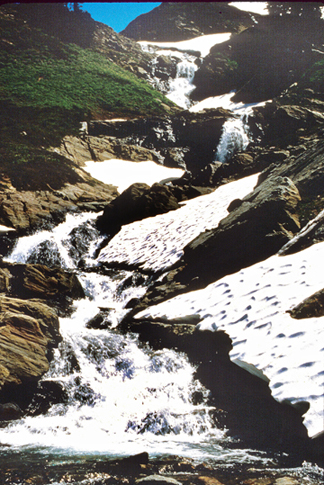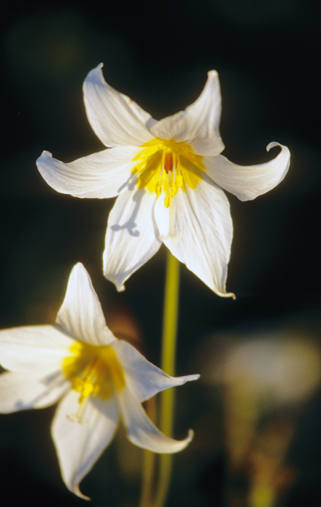| |
Cascadia is the leading edge of the continent. Here you encounter that intense inter-tidal borderland, a living strand, glare of light and wind dancing on water, waves crashing on the shore, where rocks meet the salt sea. It’s a pounding wave-cut coastline whose rhythms of headland, cove, cape, beach, bay, and estuary, of basalt, sandstone, granite, sand, cobble, and mud, play out along the northern raincoast for miles and millennia. This ragged, incised, deeply crennelated, coastline compounds its overall length, turning in and out like a writhing fish. The open coastline is fringed by a thousand serrated islands, and backed by sheltered inland seas.
These seas are commonly called “The Inside Passage,” but some prefer the “Sitkan Sea” (named by the B.C. poet Charles Lillard), after the native Sitka Spruce which runs from the newly named Salish Sea up to southeast Alaska.
I lived with my family on an inland sea for many years, along with millions of others, in the heart of the region. Once upon a time in an earlier age, explorers were sent out to chart “the sea in the forest,” but found, to their surprise, yet another “forest hidden within the sea,” what Jim Riley calls the “inner sound” of the islands.
Like them, my friends and I are trying to discover the essential character of this place. The old era of domination is over, and a new age of exploration has begun. For we are now called to become explorers in our own lands, to rediscover the originary map of the world, so that we may learn to find our way home here, again.
The coast hills and mountains open into green valleys, what the Vancouver, Washington, poet Mary Barnard called a “Cool Country.”
And what you discover all along the coast and for almost a thousand miles inland, is a great unending cascade of mountain ranges formed from the sea, tumbling over one another, hardening like knots on the great ropes of the western Cordillera.
From Glacier Peak, deep in the heart of the North Cascades, for instance, you gaze out over a storm of stone, earth-waves blasting in from the ocean, white-caps frozen in the moonlight. These peaks and a thousand others like them stand tall, cloud-catchers, bringing down the rain and snow, holding the sky in a frozen embrace. They are mantled in glaciers, and ancient, hidden, still-waiting icefields.

Lakes in the sky feed countless waterfalls plunging over the lips of glacially gouged hanging valleys, down, down into a great green-and-white pulsating Cascadian plaid. White mountain domes floating on a blue haze of hills hover over green valleys below, carpeted in dense evergreen forests, lush vegetation, and once supernatural wildlife.
The green valleys and high rugged ridges of the western slopes give way on their leeside to another world—the high, mostly cool and seasonally hot, windy, wide, and lonesome, arid, plateaus. The Modoc, Snowcap (central Oregon), Snake River Plain, Columbia, Fraser, and Stikine Plateaus, interrupt the steep-sided reign of mountains on either side.
Most are not true deserts, but rather inter-montane steppes formed by extraordinary outbursts of volcanism, different versions of the same forces that formed the mountains. These rugged plateaus are spliced by great regional rivers such as the Klamath, Snake, Columbia, Fraser, Thompson, and Stikine.

This is a vast sub-region with its own way of life,
but one that remains intimately related to the larger life of the region (see also “Lay of the Land”). This “altiplano” is fringed, in turn, by more forests and mountains melting into those huge looming granite and limestone peaks riding, riding the far ridgeline of North America.
All in all, it’s one region running from ocean depths to mountain heights. Throughout its transformations, Cascadia stands forth as a laminated landscape running west to east composed of layers of ocean, coast, inland valleys and seas, mountains, the altiplano, and finally the high ranges of the Great Divide.
It is a distinctive landscape, a whole place woven together, that deserves to be seen as a very special world all its own.

back to where you were reading
home page |
|